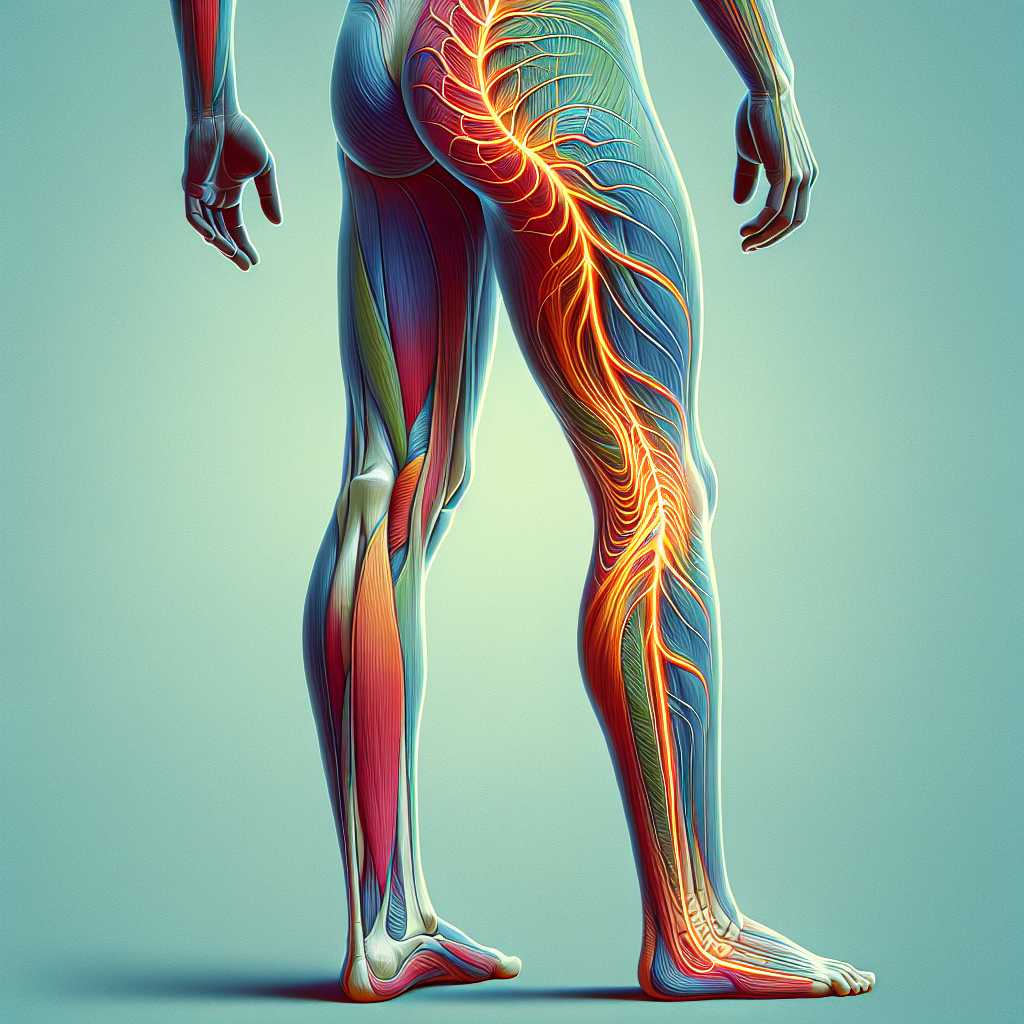Demystifying Sciatica: Causes, Treatments, and Lifestyle Changes for Pain-Free Living
Sciatica is a common yet often misunderstood condition that can significantly impact one's daily life, but the good news is that with the right approach, it can be managed effectively. If you've ever felt that sharp, shooting pain radiating down your leg, you're not alone—many people struggle with this discomfort, often without knowing its true cause. In this post, we'll explore the underlying causes of sciatica and delve into sciatica treatments that can bring relief. We'll also discuss lifestyle changes for sciatica that can help prevent future flare-ups, offering practical tips to manage sciatica symptoms.
Understanding Sciatica
Before we dive into treatments and prevention, it's crucial to understand what causes sciatica. This knowledge forms the foundation for effective management and relief.
Causes…
Sciatica pain can be almost anywhere along the nerve pathway. You may experience pain within the buttocks that radiates down the back of the leg and occasionally into the foot, typically it only effects one leg. Sciatica occurs when the roots to the sciatic nerve become compressed or pinched, this may be a result of a herniated disk or boney spurs along the spine.
There is another condition that can create many of the same symptoms as sciatica and this is known as Piriformis syndrome. Piriformis syndrome is when the peripheral regions of the sciatic nerve is compressed, usually this is a result of tension within the gluteal muscles, most commonly the piriformis muscle. The sciatic nerve runs underneath, and sometimes it can run through the piriformis, this can then compress the never resulting in sciatic like symptoms. Prolonged sitting of poor posture and can worsen the sensation.
Symptoms…
Initially, there may be minor irritation or compression of the sciatic nerve. This can result from any of the triggers mentioned earlier, such as a slight disc bulge or muscle tightness. As the irritation persists, inflammation often sets in. This can cause the nerve to become more sensitive, leading to increased pain and symptoms such as the below:
Sharp, shooting or a burning pain that radiates from the lower back or buttocks down the back of one leg
Tingling or numbness in the buttocks, back of the leg or even into the foot
Muscle weakness in the affected leg or foot, i.e. flexing your knee or moving the ankle
Worsening pain when coughing, sneezing or after prolonged sitting
Difficulty standing or sitting for extended periods due to the pressure put on the sciatic nerve
What you can do to help…
The link below provides information on how you can relieve sciatica pain and help manage the condition effectively
While treatments are crucial for managing sciatica, making certain lifestyle changes can play a significant role in preventing flare-ups and promoting long-term relief.
Maintain good posture throughout the day.
Take regular breaks if you have a sedentary job and try to move around.
Use proper lifting techniques to protect your back.
If possible, use ergonomic furniture while working. A supportive chair and a properly set-up workstation can make a big difference in preventing sciatica pain.
Disclaimer
This information is for educational purposes and is not intended to replace medical advice. Return to Movement disclaims any liability for the decisions you make based on this information.
Return to Movement does not offer this information for diagnostic purposes, a diagnosis should not be assumed based on the information provided.

